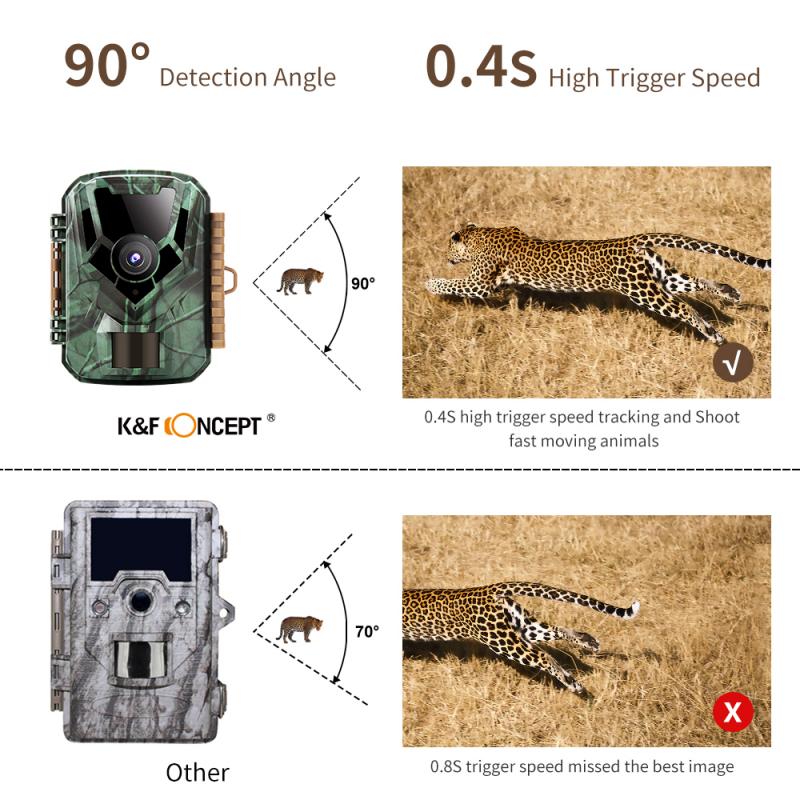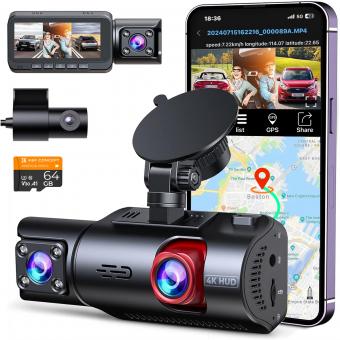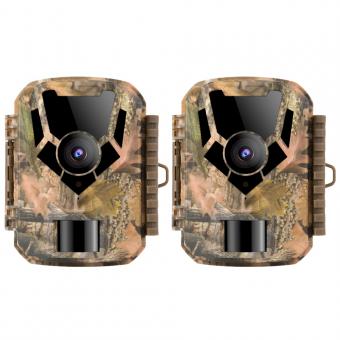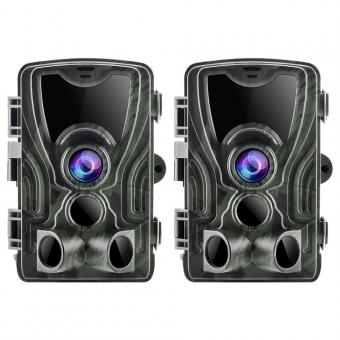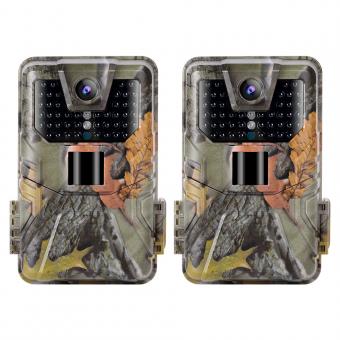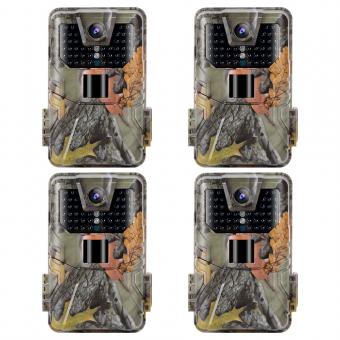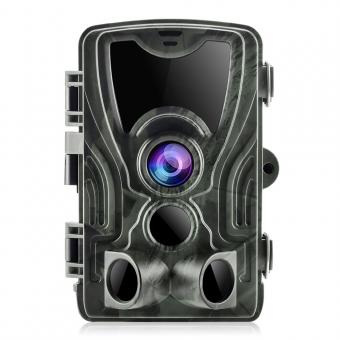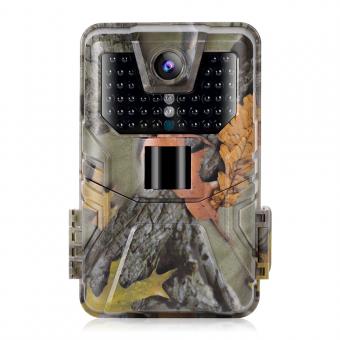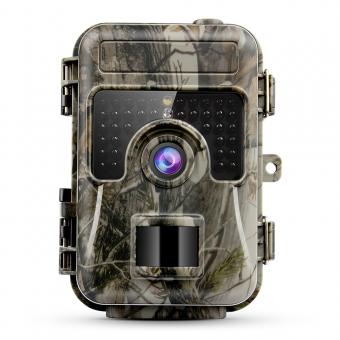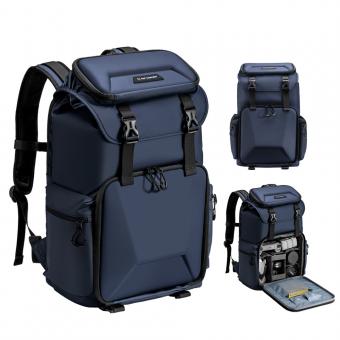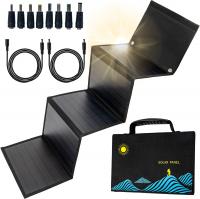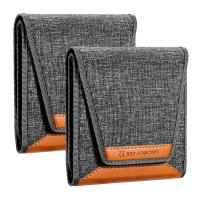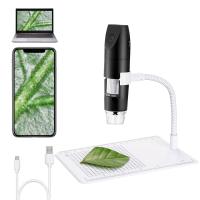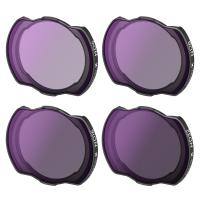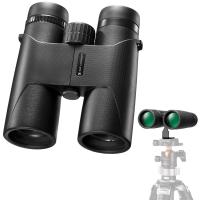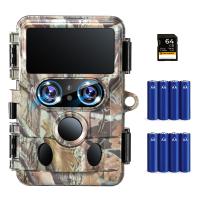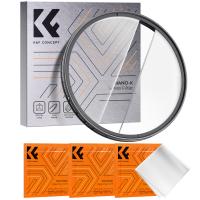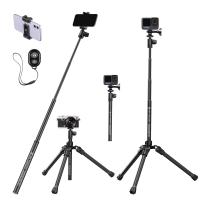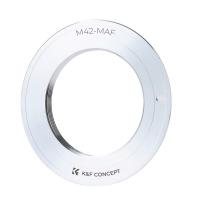What Is Trail Cam ?
A trail camera, also known as a game camera or wildlife camera, is a device used to capture images or videos of wildlife or other outdoor activities. It is typically used by hunters, researchers, or nature enthusiasts to monitor animal behavior, track game movement, or simply observe wildlife in their natural habitat. Trail cameras are designed to be weatherproof and durable, allowing them to be placed in remote locations for extended periods of time. They are equipped with motion sensors that trigger the camera to capture images or videos when there is movement detected within its range. The captured footage is usually stored on a memory card and can be later reviewed or analyzed.
1、 Definition and Purpose of Trail Cameras in Wildlife Monitoring
A trail camera, also known as a game camera or wildlife camera, is a device used to capture images or videos of wildlife in their natural habitat. It is typically placed in outdoor locations such as forests, fields, or trails, and is triggered by motion or heat to capture images or videos of animals that pass by.
The primary purpose of trail cameras is wildlife monitoring. They provide valuable information about animal behavior, population dynamics, and habitat use. Researchers, wildlife biologists, and conservationists use trail cameras to study and monitor various aspects of wildlife ecology, including species distribution, abundance, and activity patterns. This information helps in making informed management decisions and conservation efforts.
Trail cameras have evolved significantly over the years. The latest models are equipped with advanced features such as high-resolution image and video capture, infrared technology for night vision, and wireless connectivity for remote monitoring. These advancements have made it easier to collect data and have expanded the scope of wildlife monitoring.
In recent years, there has been a growing interest in using trail cameras for citizen science projects. This involves involving the public in collecting data by placing trail cameras in their own backyard or local natural areas. This approach allows for a larger scale of data collection and engages the public in wildlife conservation efforts.
Overall, trail cameras play a crucial role in wildlife monitoring by providing valuable insights into the behavior and ecology of various species. They are an essential tool for researchers, conservationists, and wildlife enthusiasts alike, helping to better understand and protect our natural world.
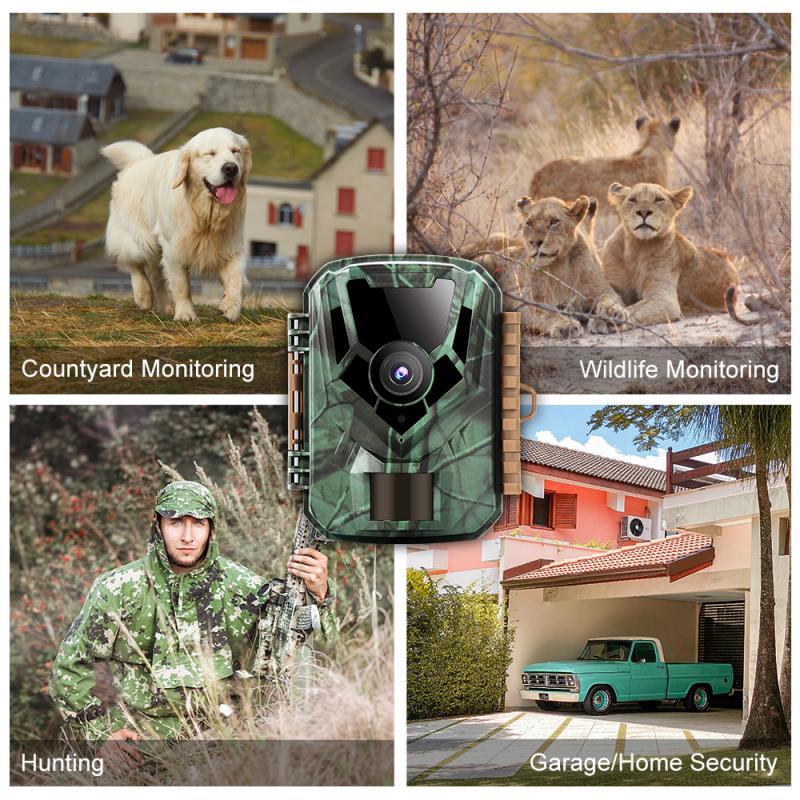
2、 Types and Features of Trail Cameras for Outdoor Surveillance
A trail camera, also known as a game camera or wildlife camera, is a device used for outdoor surveillance and monitoring. It is typically used by hunters, wildlife enthusiasts, and researchers to capture images and videos of animals in their natural habitat.
Trail cameras are designed to be durable and weatherproof, allowing them to withstand harsh outdoor conditions. They are equipped with motion sensors that detect movement and trigger the camera to capture images or record videos. These cameras are usually mounted on trees or other stationary objects in areas where wildlife activity is expected.
There are several types of trail cameras available in the market, each with its own set of features. Some cameras offer high-resolution image and video capture, allowing for detailed and clear footage. Others have infrared technology, enabling them to capture images and videos in low-light or nighttime conditions without alerting the animals with a visible flash. Some trail cameras also have wireless capabilities, allowing users to remotely access and control the camera through a smartphone or computer.
The latest trend in trail cameras is the integration of advanced technologies such as artificial intelligence and cellular connectivity. AI-powered trail cameras can automatically detect and identify specific animals, providing valuable data for wildlife research and conservation efforts. Cellular trail cameras, on the other hand, can transmit images and videos directly to a user's phone or email, eliminating the need to physically retrieve the camera's memory card.
In conclusion, trail cameras are essential tools for outdoor surveillance and monitoring. With their durability, motion sensors, and various features, they provide valuable insights into wildlife behavior and help in conservation efforts. The latest advancements in technology have further enhanced the capabilities of trail cameras, making them even more effective and convenient for users.
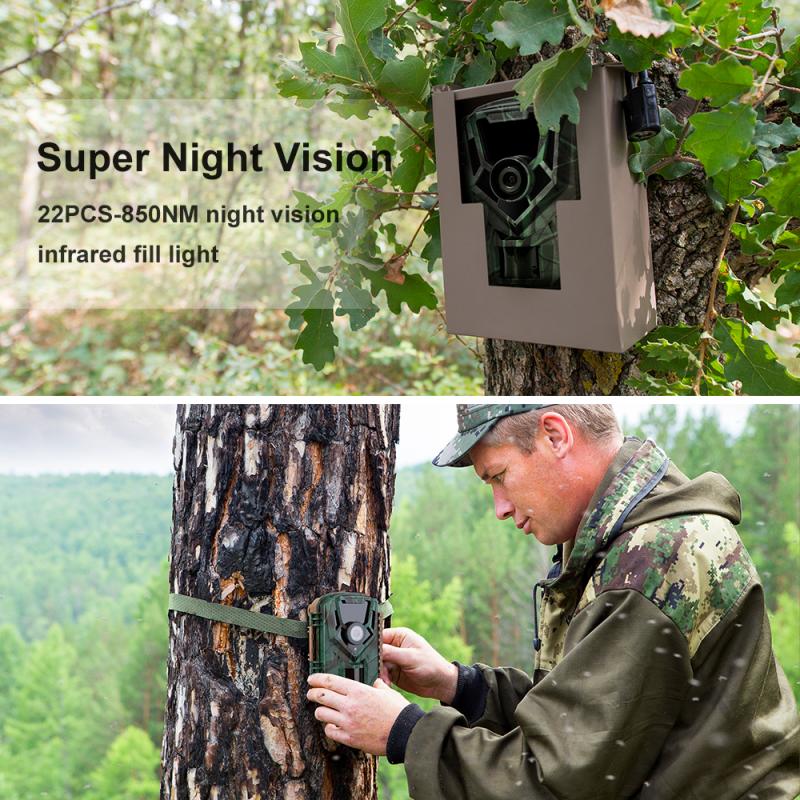
3、 Setting Up and Positioning Trail Cameras for Effective Monitoring
A trail camera, also known as a game camera or wildlife camera, is a device used to monitor and capture images or videos of wildlife or other outdoor activities. It is typically used by hunters, researchers, or nature enthusiasts to observe and study animal behavior, track movements, or simply enjoy the beauty of nature.
Setting up and positioning trail cameras effectively is crucial to maximize their monitoring capabilities. The first step is to choose the right location. This can be determined by identifying animal tracks, droppings, or other signs of wildlife activity. Placing the camera near water sources, food plots, or game trails can increase the chances of capturing interesting footage.
Once the location is selected, it is important to position the camera correctly. The camera should be mounted securely to a tree or post at a height that captures the desired field of view. It is recommended to angle the camera slightly downward to avoid capturing only the sky or ground. Additionally, ensuring that the camera is facing north or south can help prevent direct sunlight from interfering with the image quality.
In recent years, trail cameras have become more advanced with the integration of technology. Many cameras now offer features such as high-resolution images, HD video recording, infrared night vision, and wireless connectivity. Some even have built-in motion sensors and can send real-time alerts or images to a smartphone or computer.
Overall, trail cameras have revolutionized wildlife monitoring and research. They provide valuable insights into animal behavior, population dynamics, and habitat usage. With advancements in technology, trail cameras continue to evolve, offering more sophisticated features and enhancing our understanding of the natural world.
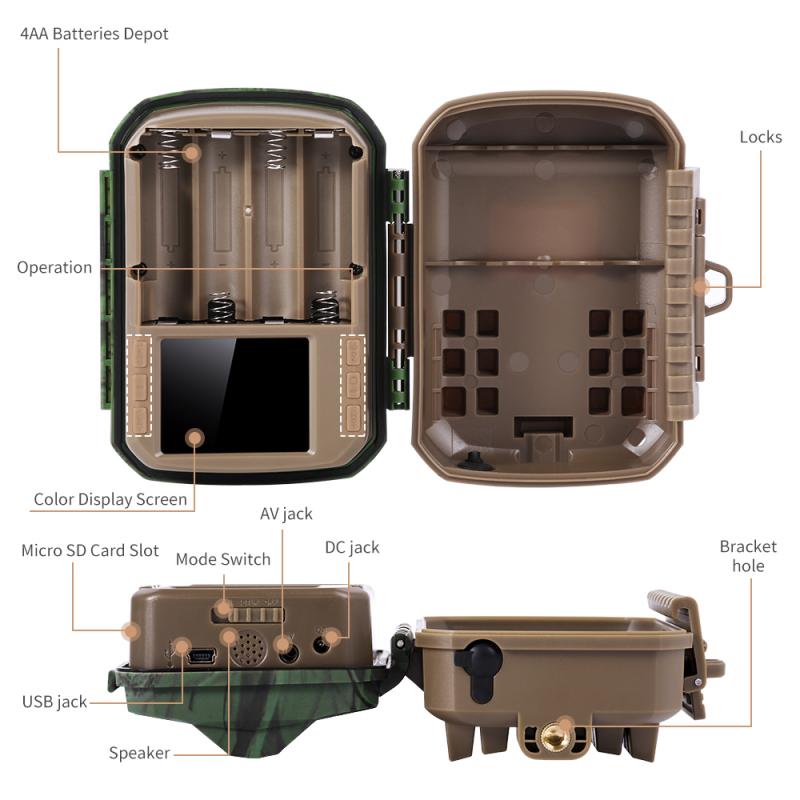
4、 Trail Camera Image and Video Quality: Resolution and Night Vision
A trail camera, also known as a game camera or a scouting camera, is a device used to capture images and videos of wildlife or other outdoor activities. It is typically used by hunters, researchers, and nature enthusiasts to monitor animal behavior, track game movement, or simply observe wildlife in their natural habitat.
Trail cameras are designed to be durable and weatherproof, allowing them to withstand harsh outdoor conditions. They are equipped with motion sensors that trigger the camera to capture images or videos when there is movement in its field of view. These cameras are usually mounted on trees or other stationary objects in the wilderness.
When it comes to image and video quality, resolution plays a crucial role. Higher resolution cameras capture more detailed and clearer images, allowing for better identification of animals or objects. In recent years, trail cameras have seen significant advancements in resolution, with many models now offering resolutions of 12 megapixels or higher.
Another important aspect of trail camera quality is night vision capability. Many animals are most active during the night, so having a camera with good night vision is essential for capturing clear images in low-light conditions. Infrared technology is commonly used in trail cameras to provide night vision capabilities. This technology allows the camera to capture images or videos without emitting a visible flash that could potentially scare away animals.
In conclusion, a trail camera is a valuable tool for outdoor enthusiasts to capture images and videos of wildlife or other outdoor activities. With advancements in resolution and night vision technology, trail cameras are now capable of capturing high-quality images and videos, even in low-light conditions.
